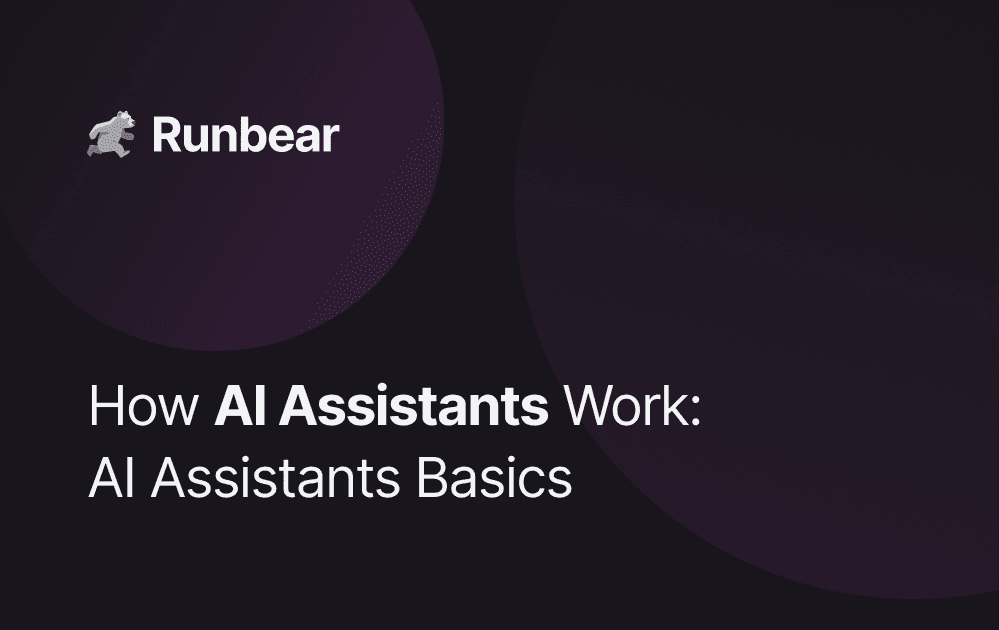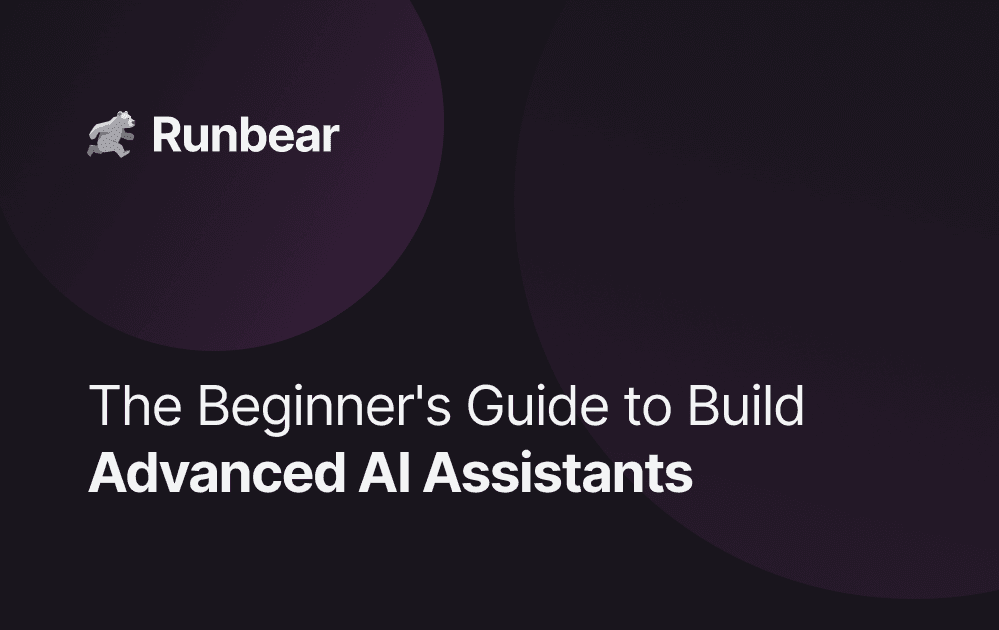The Beginner's Guide to Build Basic AI Assistants
A guide on building and integrating AI assistants to streamline workflows, starting with simple tasks and progressing to more advanced capabilities.
Start Simple: Low-Hanging Fruits
The most simple but powerful use case is making the AI assistant search the internal knowledge base and answer questions. Identify communication channels where repetitive questions are most frequently asked, such as HR inquiries, compliance questions, or product-related queries. By focusing on these channels, you can maximize the efficiency and effectiveness of the AI assistant, ensuring that it addresses common issues promptly and reduces the workload for team members.
Starting small allows you to test the AI assistant's capabilities and understand its limitations. As you gain confidence, you can gradually expand its use to more complex tasks.
Preparing Knowledge Base
To create effective AI assistants, you need a strong knowledge base. Gather FAQs, process documentation, or common workflows that the assistant can reference when responding to user inquiries.
A well-prepared knowledge base ensures that your AI assistant can provide accurate and helpful responses. Regularly update this knowledge base to keep it relevant and reflective of any changes in your processes or policies.
Storing the knowledge base in a content management system, such as Google Drive or Notion, is highly effective. By integrating these services into Runbear, you can keep the AI assistant's knowledge base up-to-date, ensuring that it always has access to the latest information and can provide accurate responses.
Tips for Better Knowledge Base Management
- Maintain a Clear Hierarchy: A well-structured document hierarchy helps the AI understand different sections and improves the relevance of its responses. Use different levels of headings and paragraphs to maintain clarity.
- Limit the Knowledge Scope: More information does not always mean better quality. Too much irrelevant data can confuse the AI when selecting the most relevant information. Instead of putting all information into one assistant, create multiple AI assistants with focused, relevant knowledge for different purposes.
- Use Paragraphs over Tables: Paragraphs are more effective than tables for the AI to understand as a knowledge base. Tables are better suited for use as databases rather than for conveying information to the AI.
Build Custom AI Assistants
There are four key components to create a custom AI assistant: prompts (instructions), a knowledge base, communication channels, and actions.
Begin by defining simple instructions and providing a basic knowledge base. Clearly articulate what the AI assistant is intended to do, establish the expected tone, and upload your knowledge base. We will cover how to write effective prompts in the next section.
You can start with this simple example instruction:
You're a casual, conversational HR assistant specifically designed to answer frequently asked employee questions. Your role is to engage with employees in an approachable and easy-going manner while remaining informative. Always use plain and simple language to ensure clarity and understanding. When presented with unclear or ambiguous queries, make sure to ask follow-up questions to gather more information before providing a response. Your goal is to help employees feel comfortable and informed, no matter the question. You must refer to the provided knowledge base to answer questions and should not fabricate any answers. If the information is not available or you don't know the answer, say "Sorry, I don't know."
Building Tools
Creating an AI assistant from scratch through coding can be time-consuming. Fortunately, tools like OpenAI GPTs, Claude, and Runbear make it easy to create custom AI assistants without heavy coding. Runbear also allows you to seamlessly connect your knowledge base and communication channels.
As you become more comfortable with AI assistants, you can explore more advanced AI platforms for greater customization. This flexibility allows you to fine-tune the assistant's behavior to better align with your organization's unique needs.
Connecting AI Assistants
AI assistants are most powerful when connected to your existing systems. Integrate your assistant with tools like Slack, Microsoft Teams, or Zendesk to automate and manage actions seamlessly across platforms.
Integration Options:
- Use Specialized Services like Runbear: Runbear provides an efficient way to connect your AI assistant to multiple platforms, streamlining the integration process and minimizing setup efforts.
- Coding Custom Integrations: Although it allows full control, coding custom integrations can be time-consuming and expensive, requiring specialized technical expertise.
- Use No-Code Tools like Zapier or Make: No-code tools can be helpful for integration, but they may require additional effort since they are not specifically optimized for AI assistant workflows.
- Hire AI Consultants: Hiring AI consultants can help if you need custom solutions or additional support for integration; however, it is expensive and time-consuming.
Integration allows for smoother workflows and ensures that your AI assistant has access to relevant information. For example, integrating with your primary communication channel can help the assistant automatically answer repetitive questions, allowing people to focus on their core jobs.


